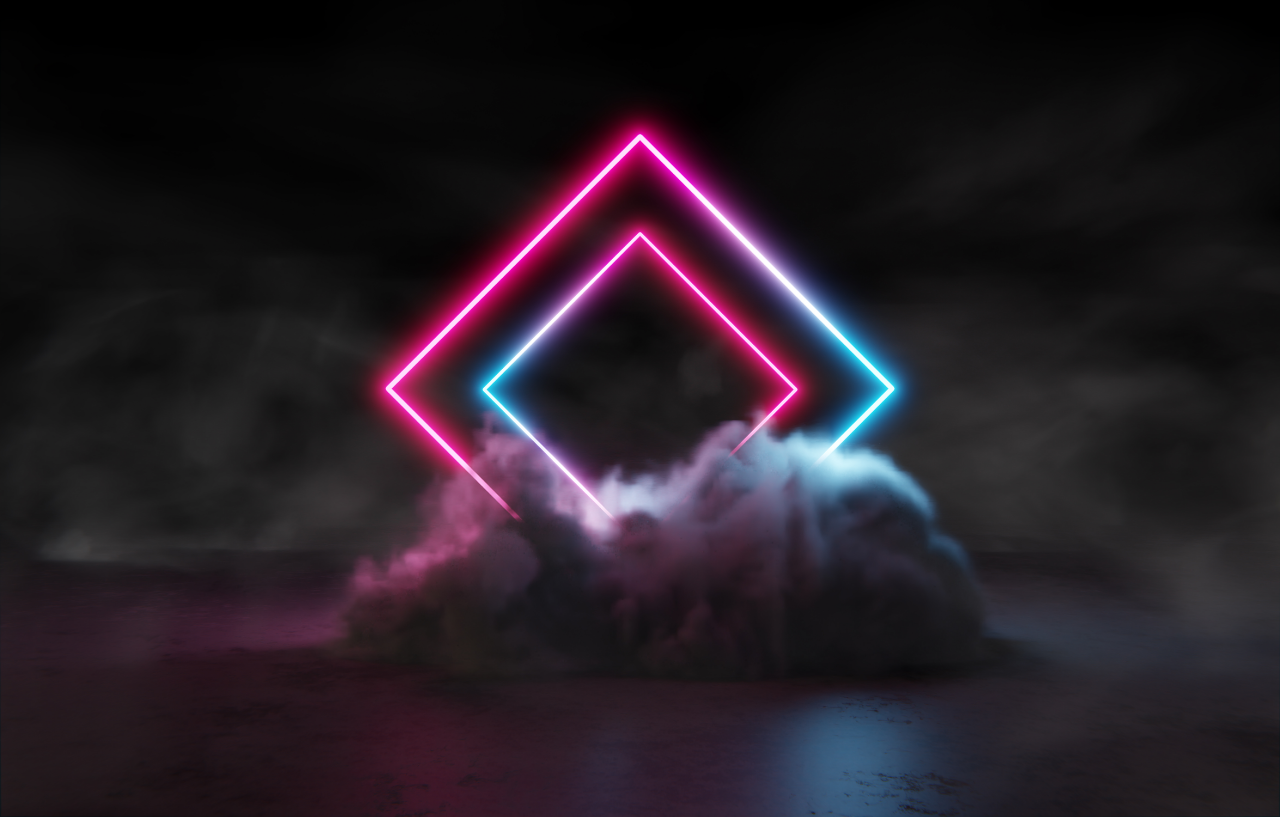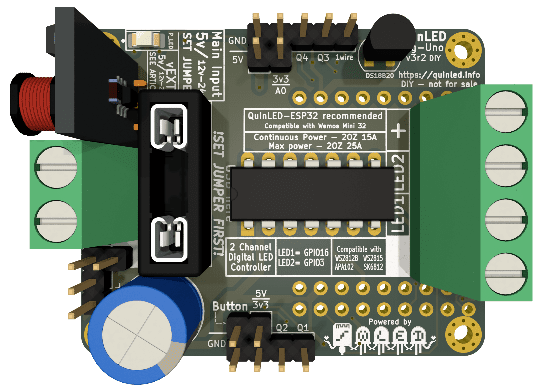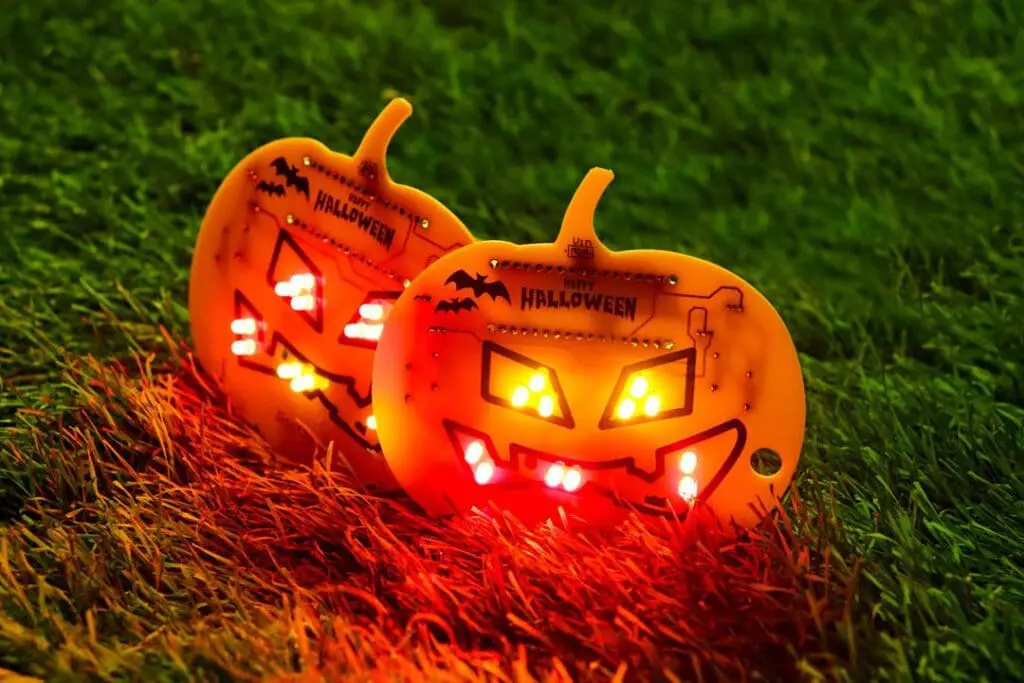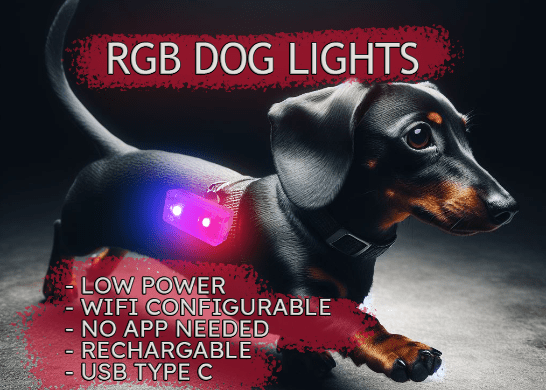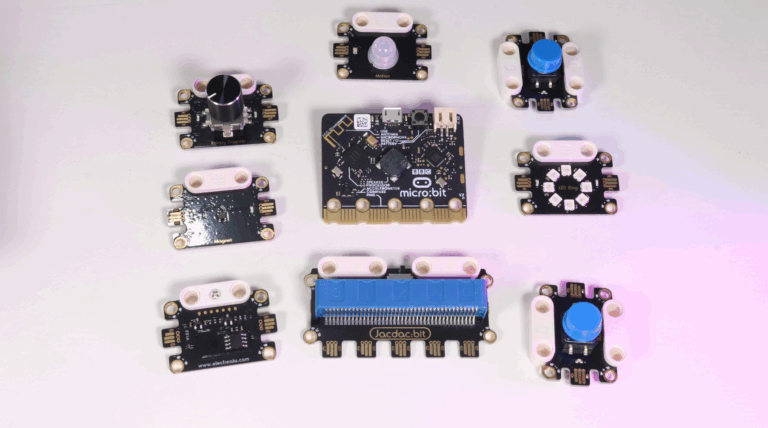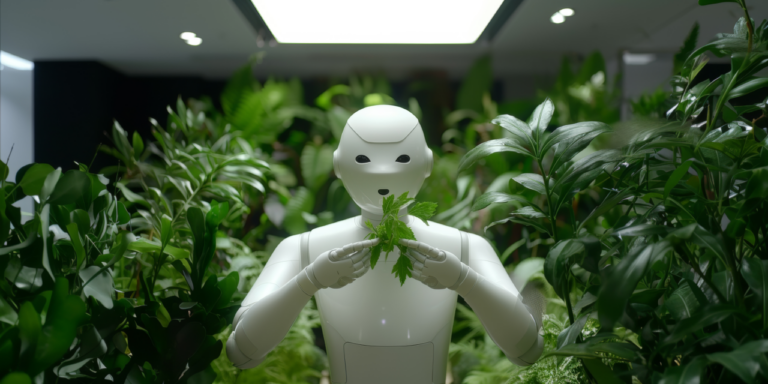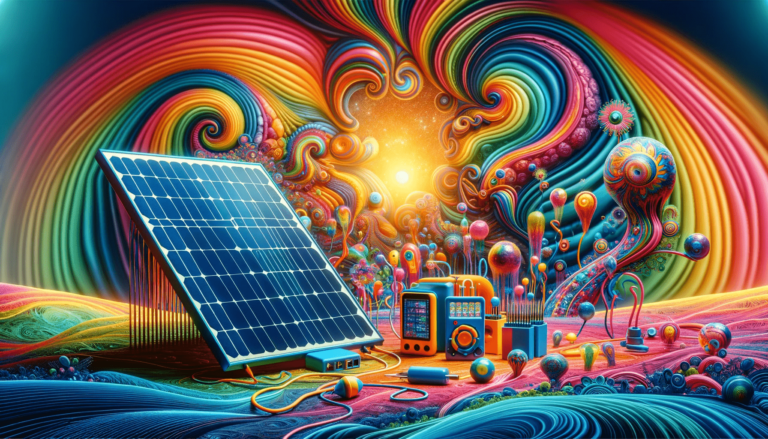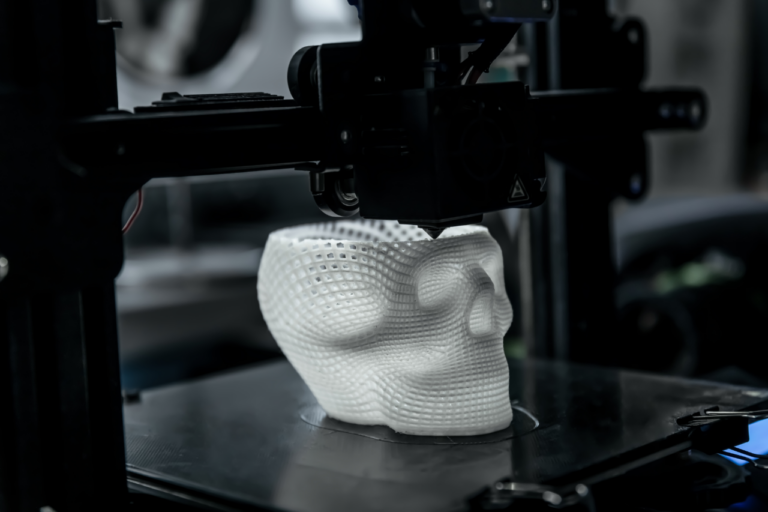Not Just for Lights – Top 10 LED Projects That Will Shock You!
For an electronics engineer with a particular fascination for LEDs, they have witnessed its evolution from simple indicator lights to essential elements in complex and creative tech projects. LEDs are extraordinarily versatile, capable of transforming entire spaces and experiences. In this article, we are excited to share ten advanced LED projects that transcend their traditional uses. Whether you’re deeply embedded in the world of electronics or just dipping your toes in, these projects might just spark your imagination and inspire your next big undertaking.
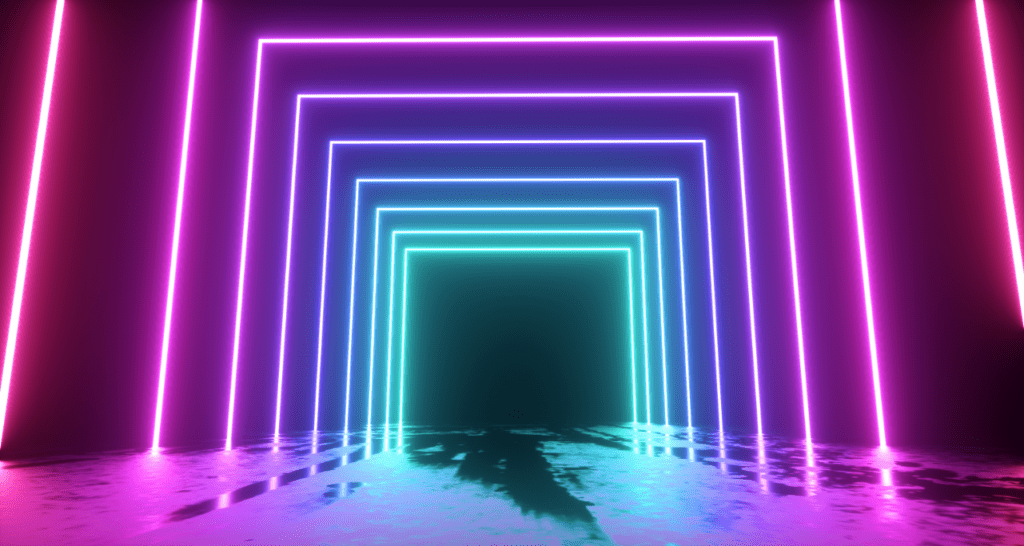
1. Interactive LED Dance Floor
An LED dance floor is an electrifying project that lights up under the pressure of footsteps, responding to the movements of dancers with vibrant colors and dynamic patterns. By integrating pressure sensors within a grid controlled by an Arduino or another capable microcontroller, enthusiasts can bring this reactive illumination to dance clubs or personal parties. To build this, you’ll arrange pressure sensors and LEDs in a matrix, programming the microcontroller to change the lighting based on the data received from the sensors.
It involves knowledge of both hardware interface—like sensor and LED wiring—and software logic for creating engaging visual effects.This project is a perfect blend of physical computing and creative output, making it ideal for interactive installations where user engagement directly influences the experience. It also offers a practical way to learn about sensor integration and real-time system response handling.
2. LED Cube Music Visualizer
Visualizing music isn’t just about sound; it’s about creating a visual narrative that complements the auditory experience. A 3D LED cube that reacts and morphs in sync with music can turn any audio track into a stunning light show. Using an array of LEDs, a sound detection module, and a microcontroller, each LED’s behavior is dictated by various aspects of the music playing, thanks to an FFT algorithm. This algorithm processes audio signals to match light patterns with music frequencies and rhythms, offering a mesmerizing display of synchronized lights. Beyond being a visual treat, this project sharpens your skills in digital signal processing and gives practical experience with real-time audio analysis and hardware interfacing.
3. Advanced Wearable LED Displays
Integrating LEDs into wearable technology opens up a myriad of possibilities for both functionality and flair. Wearable LEDs can range from practical applications like safety gear with built-in turn signals to more whimsical implementations such as costumes that respond to the ambient sounds at a festival. You’ll use conductive threads to connect LEDs sewn into fabric, powered by compact battery packs and controlled by miniature microcontrollers. This project requires a blend of electronic skills and creative design thinking, pushing the boundaries of what wearable tech can do.
4. LED-Based Optical Communication System
Imagine transmitting data through light. LEDs can be used for optical communication, using pulses of light to convey information. This method can serve as a basic form of Li-Fi, a technology that uses light to transmit data wirelessly. This technology isn’t just for experimental use; it has practical implications in consumer electronics, such as remote controls and indoor positioning systems, offering a faster and potentially more secure alternative to traditional wireless communications like Wi-Fi.
5. Smartphone-Controlled LED Lighting System
Controlling the lighting of your environment through a smartphone app is not only convenient but also incredibly customizable. This project involves setting up RGB LEDs throughout a space, connected to a microcontroller that communicates with a smartphone app via Bluetooth or Wi-Fi. This project demonstrates the practical aspects of IoT applications and smart home technology, allowing for sophisticated control and personalization of lighting. It’s a fantastic introduction to networked devices and app integration.

6. Interactive Art Installation with LEDs
LEDs can transform public spaces and art installations, creating works that respond to viewer interactions. By using motion sensors or cameras to detect viewer proximity or actions, LEDs can change in brightness, color, or pattern, engaging directly with the audience. This type of project is ideal for exploring the intersection of technology and art. It requires a good understanding of both sensor technology and creative programming, providing a platform for innovation in interactive digital media.
7. Programmable LED Ceiling with Weather Simulation
A ceiling that simulates the sky can dramatically alter the ambiance of any indoor space. By using RGB LEDs to create effects like the rising and setting sun or weather patterns like clouds drifting or a storm brewing, you can bring the outdoors inside. This project is particularly appealing for settings where control over the environment can enhance the experience, such as in therapeutic settings, educational environments, or high-end real estate markets. It combines technical lighting control with creative visual design.
8. Augmented Reality with LEDs
In augmented reality, LEDs can serve as physical markers or enhance the immersive experience by providing real-time lighting that complebrates virtual objects. This fusion of digital and physical elements opens new avenues for game design, educational tools, and interactive storytelling. Integrating LEDs in AR involves programming them to react to the interactions within the AR software, requiring a synchronization of hardware capabilities and software commands, pushing forward the boundaries of what mixed reality can achieve.
9. LED and Machine Learning
Combining LEDs with machine learning algorithms can result in adaptive lighting systems that respond to the occupants’ habits, time of day, or even emotional cues. For instance, a system might learn to provide calming blue light to soothe a room’s occupants or bright white light to energize them based on the time of day or detected mood. Such systems can be integrated into smart homes or offices, providing a dynamic lighting environment that optimizes energy use and enhances personal well-being, making it a forward-thinking project for any technologist interested in AI and automation.
10. Bio-Interactive LED Projects
Linking LEDs to biological data opens up possibilities for responsive environments that can aid in health and wellness. By interfacing LEDs with devices measuring heart rate, brain activity, or other physiological signals, the lighting can react in real-time to the user’s condition. This project stands at the crossroads of biotechnology and consumer electronics, offering a potential window into future applications where personal health and well-being are directly supported through environmental feedback.
LED projects with PCBWay
PCBWay is a popular choice among electronics novices as well as experts for designing custom PCBs (printed circuit boards), which are required for any advanced LED project. Whether you’re creating an elaborate LED matrix, a wearable tech piece, or an interactive art installation, PCBWay has reliable solutions for bringing your LED projects to life.
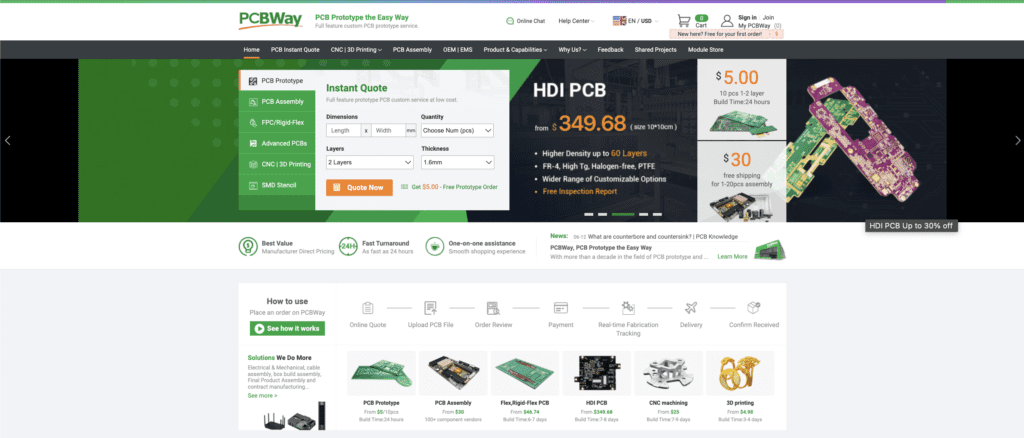
They offer not only the ability to manufacture high-quality, precisely designed PCBs, but also services such as PCB assembly and component procurement. This can be extremely useful for LED projects where complexity and dependability are critical. Using PCBWay’s services results in a streamlined process from design to execution, allowing creators to focus on the unique parts of their products while relying on PCBWay for the technical perfection required in PCB production.
Conclusion
LEDs offer a vast playground for those interested in pushing the boundaries of what’s possible with electronic components. Each of these projects not only provides a chance to build something fun and functional but also deepens your understanding of advanced electronics and system integration. So, why not pick one and light up your world in ways you’ve never imagined before?
